Interview with documentary photographer
Anupam Goswami
Documentary photographer Anupam’s photographs display a unique blend of pictorialism and photojournalism while his pictures are full of an aesthetic treat for the viewers, he is constantly aware not to misrepresent the story of the pictures.
Interviewed by Mrinmay Nayek
Photographs by Anupam Goswami
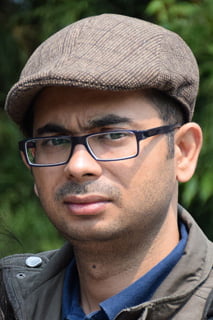
Anupam Goswami
A photographic storyteller from the state of Assam, India Anupam, did his masters, MBA and also practised law at the Guwahati High Court for a few years before joining as an HR Executive in the eye hospital of Guwahati. Born in a typical middle-class family he developed a good taste for fine arts and music early in his life. However, later he developed a feel for photography which eventually took the place of a lifelong passion. As he started practising photography, it became a passion that is as important for him as staying alive. As a photo-artist, his photographic art portrays the scheme of things that life has to offer men, women and children on the streets. Through photography, he connects with the strangers on the streets and tells their stories of the daily mundane in his pictures.
In this interview for Exposure, Anupam talks to our editor Mrinmay about his journey of photography.
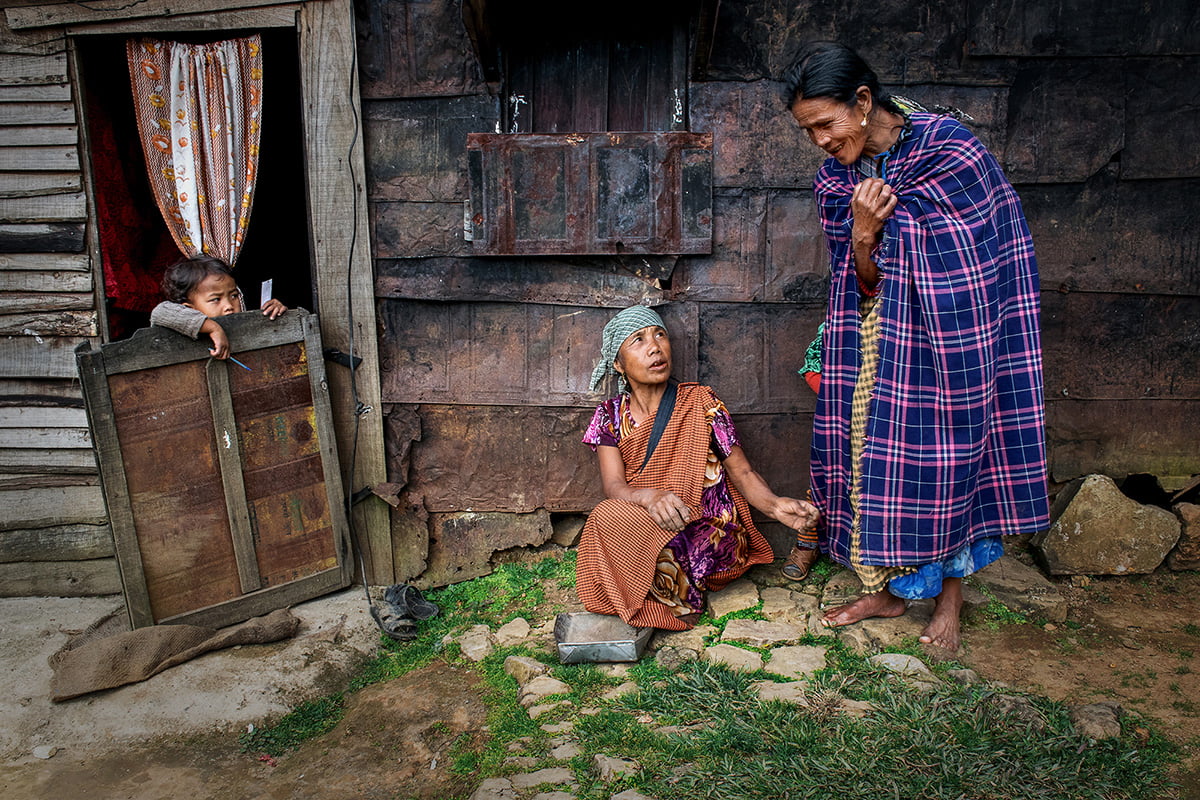
1. Give a glimpse of your photography journey from the very beginning. How did you get involved in photography? Is there any childhood memory that inspired you to take photography so seriously?
My photography journey started in 1997 when I first met my guruji, Late Jayanta Dutta. I was a student of fine arts and music (violin) back then and was preparing for my matriculation examination. I happened to attend few photography exhibitions, notably two exhibitions of NEPA (North Eastern Photographic Academy) national salons hosted by my guruji. The images displayed on the wall really set off my imagination that perhaps (although) I loved Music and Fine Arts, I was actually meant to be doing photography as a passion of life. And very soon I came to know that Mr. Jayanta Dutta and my father were friends when they were in college. Thus I asked my dad for a gift, a camera. My dad promised that if I do well in my exams then he will get me a SLR camera. Thus, I got the first camera of my life, a Nikon FM10 with a 35-70mm kit lens, being a member of a typical middle-class family it was the most expensive gift I had ever received during that time. And from there, my photography journey started. I still possess the camera as a relic of time to cherish my precious memories of those analogue days with my guruji and all others who helped to groom my photography skills.

2. How important is photography to you? Would you have ever imagined, a few years ago, this passion would have played such an important role in your life?
In simple words, photography to me is as important as staying alive. I cannot imagine a life without my camera, my lenses and my photography. People get their happiness by going to shopping malls, watching movies, enjoying their Ice cream, attending a family picnic and what not. I am the happiest when I get a worthy image on any day. It’s a level of satisfaction and an insatiable desire for more that cannot be explained in words. Honestly speaking, working in a hospital as an executive for livelihood takes a lot of commitment and sacrifice of personal life to get going. In the midst of all these, the occasional photographs that I get from the streets of Guwahati without taking leave from the office provide me the fuel and the satisfaction to forget all pain and severity of life and start every day as a new beginning to work harder with new motivation to keep up with the challenges of life.
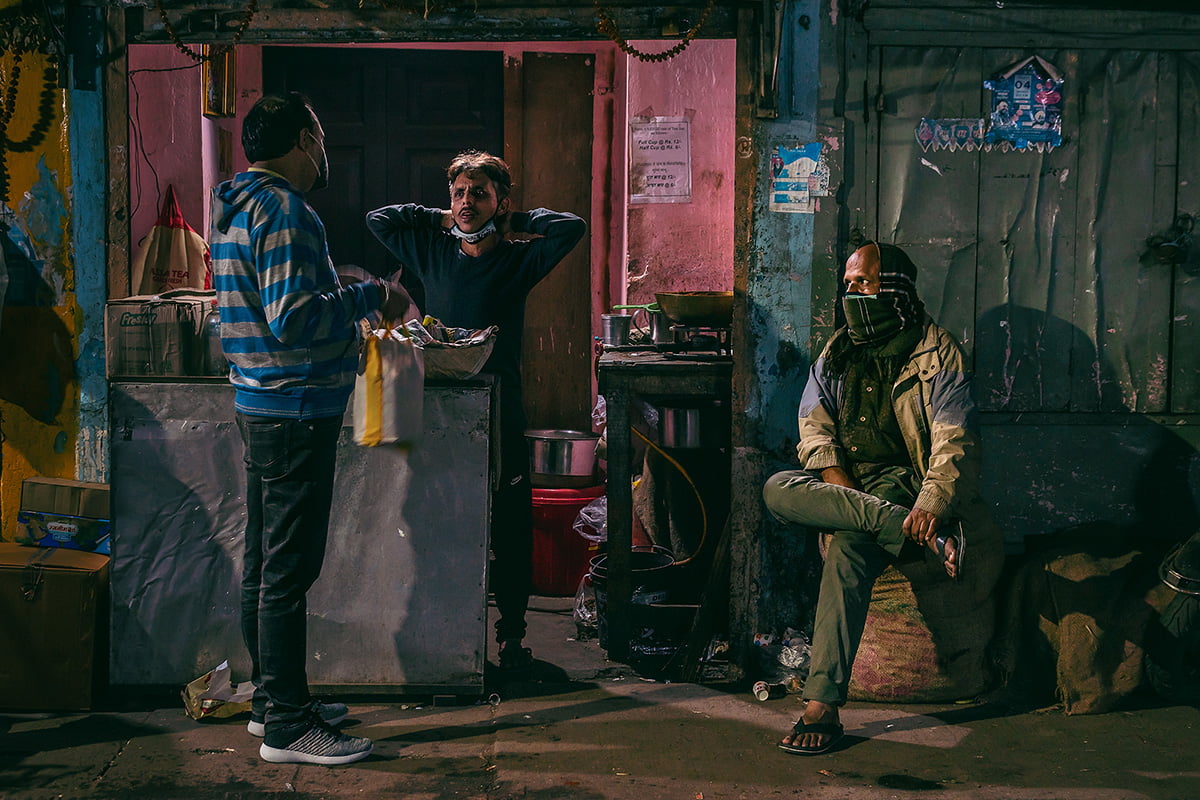
3. Is street photography your point of interest? If yes, then why, I mean what makes street photography so fascinating to you?
Before I talk about street photography, I would like to mention one important thing about photography as a whole for the new generation of photo artists. Most young men and women these days seem to look for specialisation immediately they lay their hands on their first camera. The truth lying that they do not even know the ABCD of photography. It’s like doing Masters of Surgery in Orthopaedics or Gynecology without doing your MBBS thoroughly. The thing everyone should be doing is to forget about your personal interest and shoot everything for the initial few years. It will become really handy to learn the basics of photography and make you a complete photo artist. You really don’t have to find your passion and interest in photography, it will find you instead which is actually what happened with me when I was still busy pursuing my so-called MBBS, haha.
Now, when one decides upon a specific genre of photography, there may be multiple factors working at the back of your mind. My life has been shaped by the realities of a middle-class family that you struggle to stand on your feet and settle down in life. Initially, I was attracted to nature and wildlife photography. But as soon as I joined Gauhati High Court as a lawyer, life became quite unforgiving as far as taking time off from work and giving it to photography was next to impossible. Then, after I joined the hospital services things improved a bit and I could give a little bit more time to my passion. At least, I had a weekend holiday for myself. However, I soon realized that to pursue wildlife, I have to be an exceptionally free man with all the time of the world to myself. I decided that something needs to be done. As few of my comrades in photography were doing street photography, I decided to try my luck too. Now street photography has its own intrinsic challenges and I fumbled initially. But something in my heart warned me that I was actually beginning to enjoy my presence on the streets. It changed my whole perspective of pursuing photography for the rest of my life. In fact, it took me less time to overcome the challenges of street photography than most others that are essentially facing strangers and shoot their images head-on. Once that happened, there was no looking back. Now I can enjoy my photography to its full extent even without taking leave from work as I don’t have to go far to get my images. In fact, very recently I have started to shoot at night on working days as during the day I’m stuck in my office. On the week-end holidays, I am free to choose when I shoot.
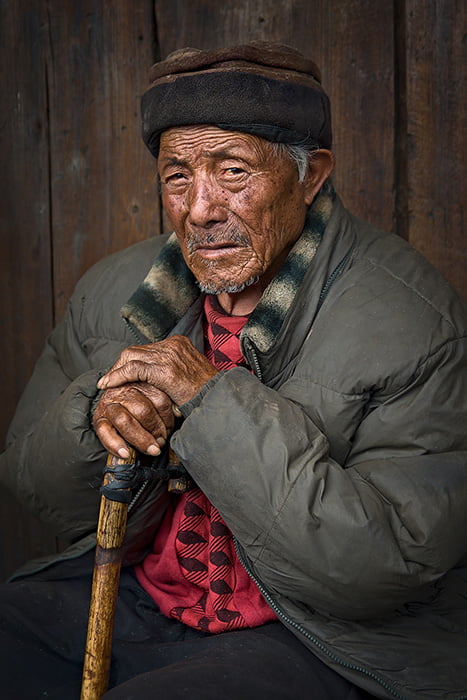

4. What subject attracts you to street photography? How did you train yourself to observe such beauty in the daily mundane stuff?
In short, I do not keep prejudices about various types of street subjects. However, I prefer to bring as much maturity to selecting my subjects as possible within my limited capabilities. I do not like the trivial, childish elements in street photography which is widely prevalent in India at the moment that differentiates Indian street photography from the west or from the rest of the world. I’m more inspired by the glorious frames captured by the masters like Steve McCurry, Sebastiao Salgado, Henri Cartier Bresson, Robert Doisneau and the like. What I have observed in these masters’ works that they do not ponder over small trivial elements to create their frames, instead their images portray the larger scheme of things that humanity or life has to offer and that makes their work so grand and glorious to stand the test of time. They would rather photograph the whole dog instead of getting its tail only in the frame and juxtapose it against some graffiti or background pattern to make a shallow joke out of it. Hope I’m able to explain what I mean to say. I am really uncomfortable with the present trend of a flimsy, shallow style of street photography. To me, street photography is a much more serious indulgence than simply creating shallow laughter in the frame. I learn by looking at the works of those who are superior, far superior to me and try to introspect why they are superior. Until you are willing to find fault in your own work you never learn and improve.
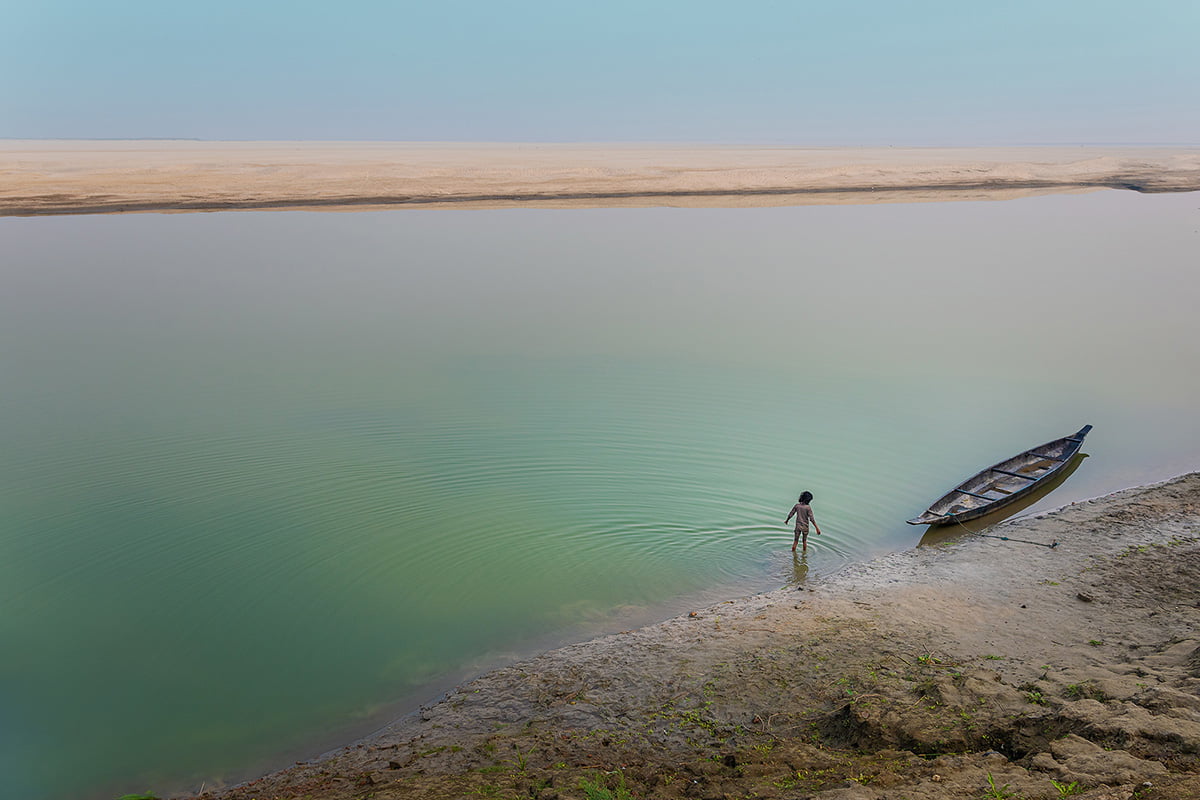
5. State the importance of instinctualism in street photography.
I have always been an instinctive photographer. For me, the capture of the frame triggered by instinct always happens first and the story follows later. As the decisive moments on the street unfolds like a momentary flash. So there is no time to think but to rely on my instinct and shoot. And with experience, your instinct will always warn you when there is a potential story; trust me. And it’s true for most genres of photography as well (except where you have complete control of your subject and shooting conditions).
6. What is the line you don’t cross in a street photo? Are there any ethical rules or are you allowed to shoot whatever catches your eye?
As a self-imposed principle, I avoid taking pictures of the homeless and derelicts just to become famous as a photo artist. However, people who may not be financially well off but have their own story of the struggle of life are dignified people in my eyes. For example, a vegetable vendor or a barber is never as wealthy as a doctor, an engineer, but I consider them as equally dignified and glorious as they fight their own battle for survival and for a place in the society as I do in my office. However, if you are given an assignment to cover a story that involves the poor section of the society and for a positive change, you have to take it as a responsible part of that assignment.
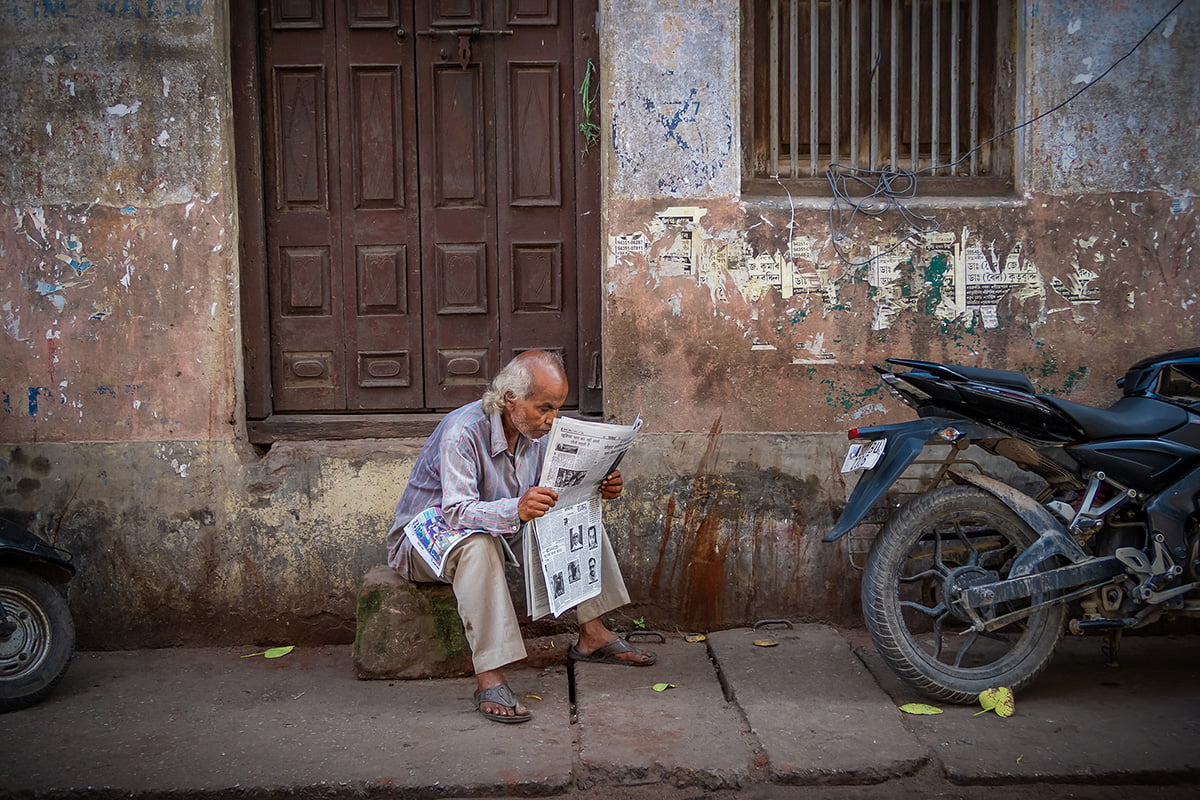
7. Taking a shot in the street could be difficult at times; dealing with people’s reactions or making sure it is not invasive in the various situations that could arise, is not always easy. What is your approach in these circumstances?
I believe, as long as you are at a public place you are free to take pictures of anyone. In India, generally, people do not object their picture being taken and serious confrontations are pretty rare. However, if anyone questions you why you have taken his/her picture, be bold and tell them the truth politely but confidently and be prepared to apologize and delete an image if necessary. Never regret upon the images or opportunities lost but stay optimistic that the next picture might be spectacular. Such a compelling incident has not happened to me till now though. Besides, the practice I follow is to look like an ordinary person, wear casual muted attire, carry a small camera if you have one. Further, I generally avoid interaction with my subjects, except when I purposefully want them to look into my camera for a specific feel. Best street photographs happen when you allow your subjects to react and behave on their own and don’t request them to act in a particular way. And the best approach is always to force yourself to do what scares you the most that are facing strangers and taking their pictures. Give yourself time to get comfortable with the practice as it will not make you at home overnight.
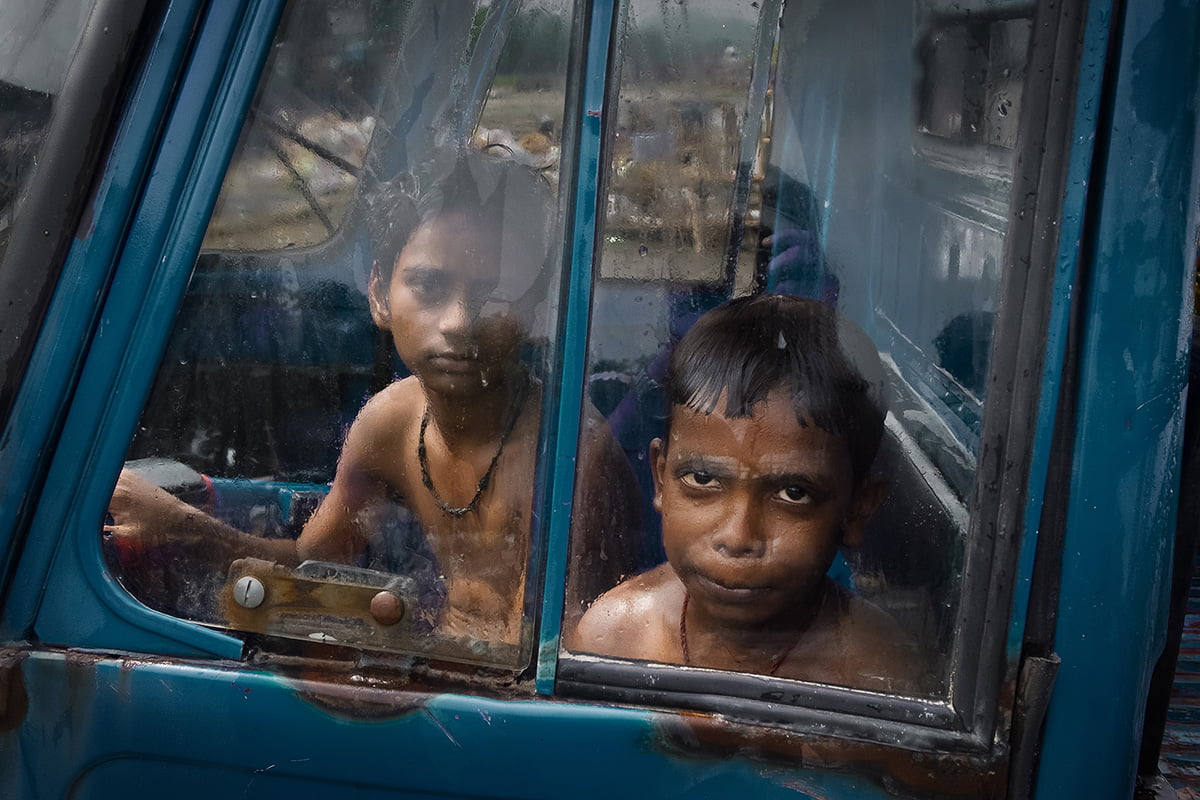
8. Which type of street photographs mostly you love to take, I mean unobtrusive, intrusive, raw, fine art, geometric, smart, abstract, modern, and street portrait etc.?
Generally, my street photographs involve the presence of human elements in one way or the other. I always look for aesthetic attributes in my images while at the same time avoiding misrepresentation of the story. What I am trying to say is that the best street photograph is the one that can combine the attributes of pictorialism and photojournalism at the same time. If I have to describe my kind of street photography I would like to call it Pictorial_Photojournalism (if such a genre could exist) i.e. when the elements in the picture make it aesthetically pleasing (that’s pictorial) and there is an honest representation of facts without any alteration of the story (that’s Photojournalism) at the same time. Invariably I cover all kind of subjects that appeals to me but I prefer to have an element of fine art in my images in a non-complicated manner. I also love street portraiture.
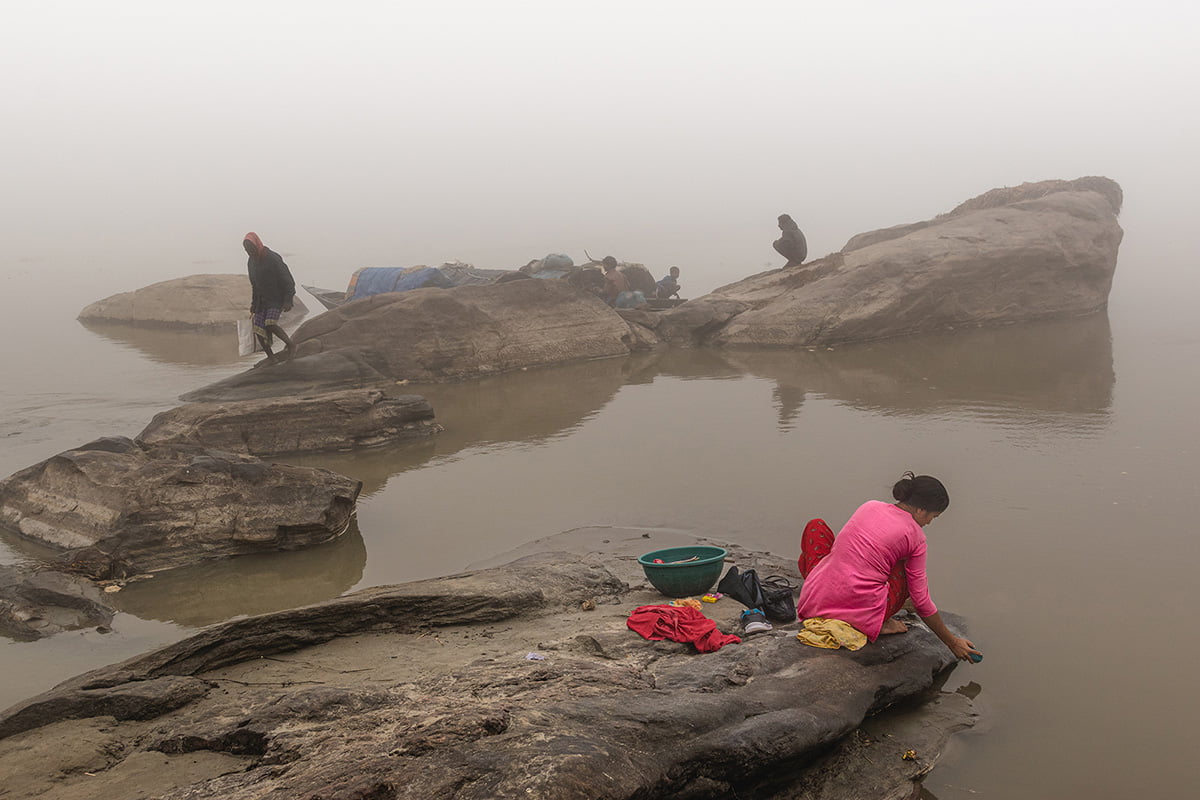
9. As a street photographer how do you see motion, shadow, light, reflection, and layer in street, I mean you need to explain all of these components in street through your eyes. And how you have developed these tricks?
As I mentioned earlier, you develop your own taste when you observe and see works of artists far superior to you and learn from them. As a street photo-artist, I always try to improve my observation and prediction skills to interpret the decisive moment, light, shadows and compositional elements in the frame. While it’s never perfect, with constant practice it gets better and better every day. Punchy, saturated colours have always attracted me. Layers in a photograph are to be interpreted as juxtaposed elements differentiated by colour, light & shadows and brightness etc. I try to place these elements in such a way that they are not intrusive of each other but at the same time, there should be moderate separation among them so that the eye can move around the main subject on to the different layers of subjects to keep the viewer tied to the picture as long as possible. There should a certain degree of discord and harmony at the same time among the layers to complete the frame. Adding to it I would highly recommend visiting the same place over and over again as the more you visit the more you come to know about the place and its happenings, you become more and more prepared and confident each time you visit. You know how the light falls on a particular lane at a particular time of the day, how the buildings are placed, where are the vendors, where are the godowns, where is the auto stand, the coconut seller, the umbrella store and each and every such minute detail of the place and that’s very important.
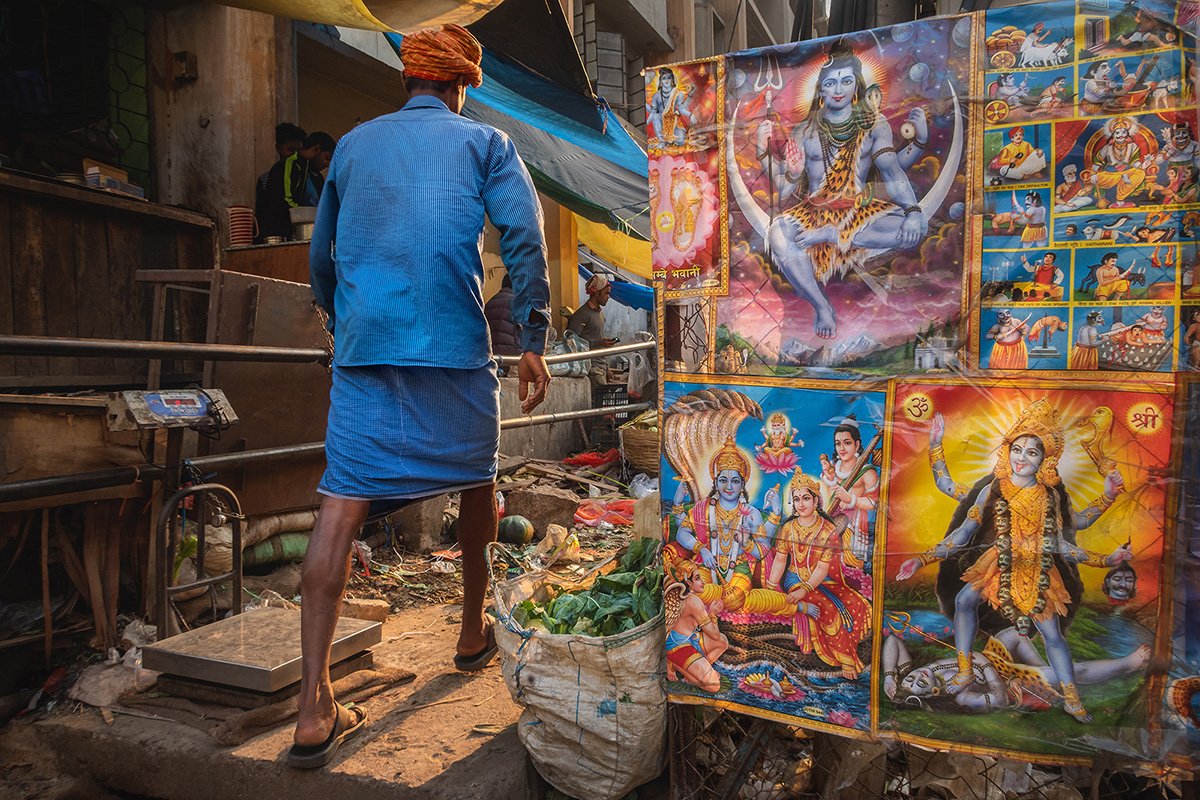
10. What is your dream place to capture photographs and why is it?
Kolkata, Old Delhi, Varanasi, Visakhapatnam, Lucknow. The actual list is far longer thanks to the cultural, natural, ethnic diversity of our beautiful country. However, for street photography, there is nothing like the best place to photograph. Great street pictures are everywhere, only thing is every place has its own characteristics that you must have a rough idea before going there to increase the probability of you getting good frames.
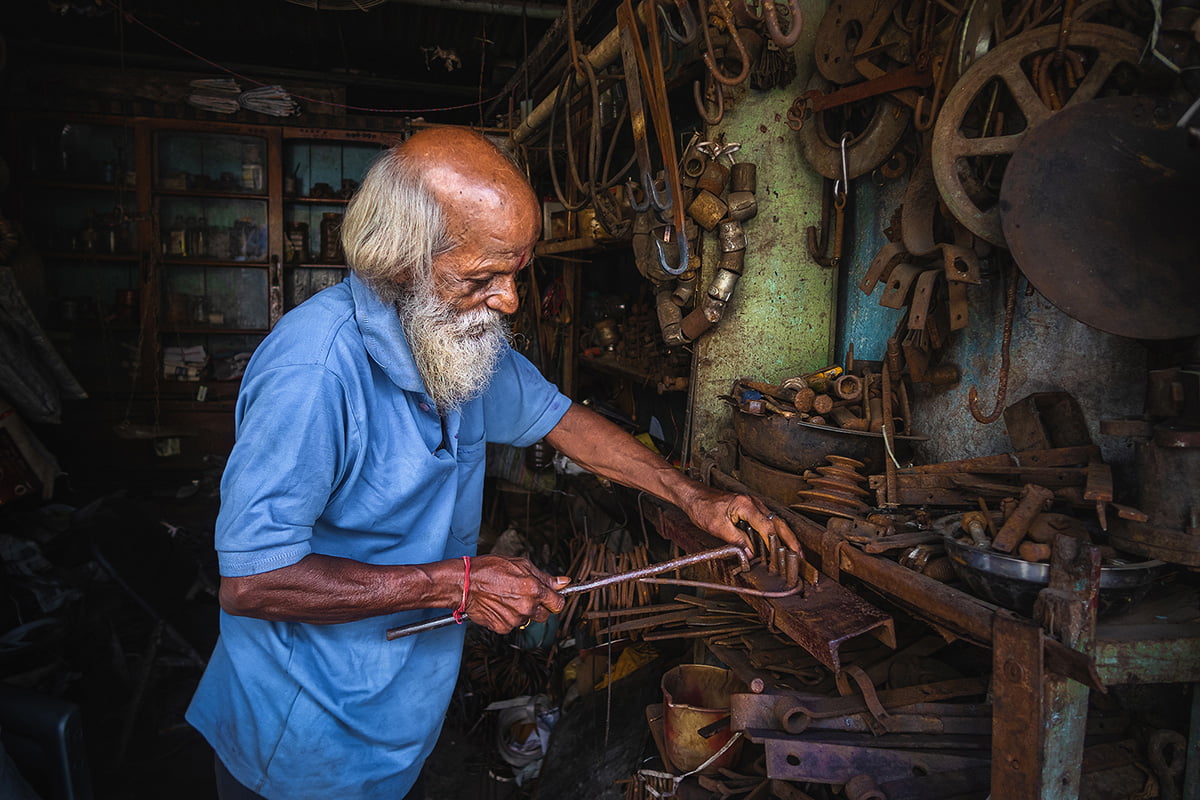
11. As a street photographer and visual storyteller, what do you want to say through your images?
Common people whose daily lives do not find the limelight of the daily media is equally important and glorious as that of a film star or a bureaucrat. Hence, it’s very important to document them in their elements. More so, as it involves documenting those moments of life which generally we ignore and it’s beautiful. Through photography, it is a small effort on my part to celebrate life and cherish the memory.
12. Who are the Masters of Photography who inspired you most in your photographic works?
Steve McCurry, Sebastiao Salgado, Henri Cartier Bresson and Robert Doisneau. Again the actual list will be very long. You learn something from all masters out there. But these are the names that popped up on my mind at the moment.

13. Are you interested in deepening your passion with readings and studies on photographic language? Are there any favourite books you have on street photography and how does it motivate you?
Of course yes. And in today’s era of the world wide web studying any subject has become so accessible to the mass population. Besides, while I have tried to enlighten myself with several books, but two of them have really taken my imagination to a heavenly journey of relishing colours, tones, moments and emotions of life through pictures. They are “A life in pictures” by Steve McCurry and “Genesis” by Sebastiao Salgado. While many would argue that both of them are not typical street photographers but documentary photographers or photojournalists only, I would like to say that there is a very thin line of demarcation between street & documentary photography and photojournalism. And given the priceless gift of photography, these masters have blessed the world with they are inspirations for any genre of mamuli photographers like me.
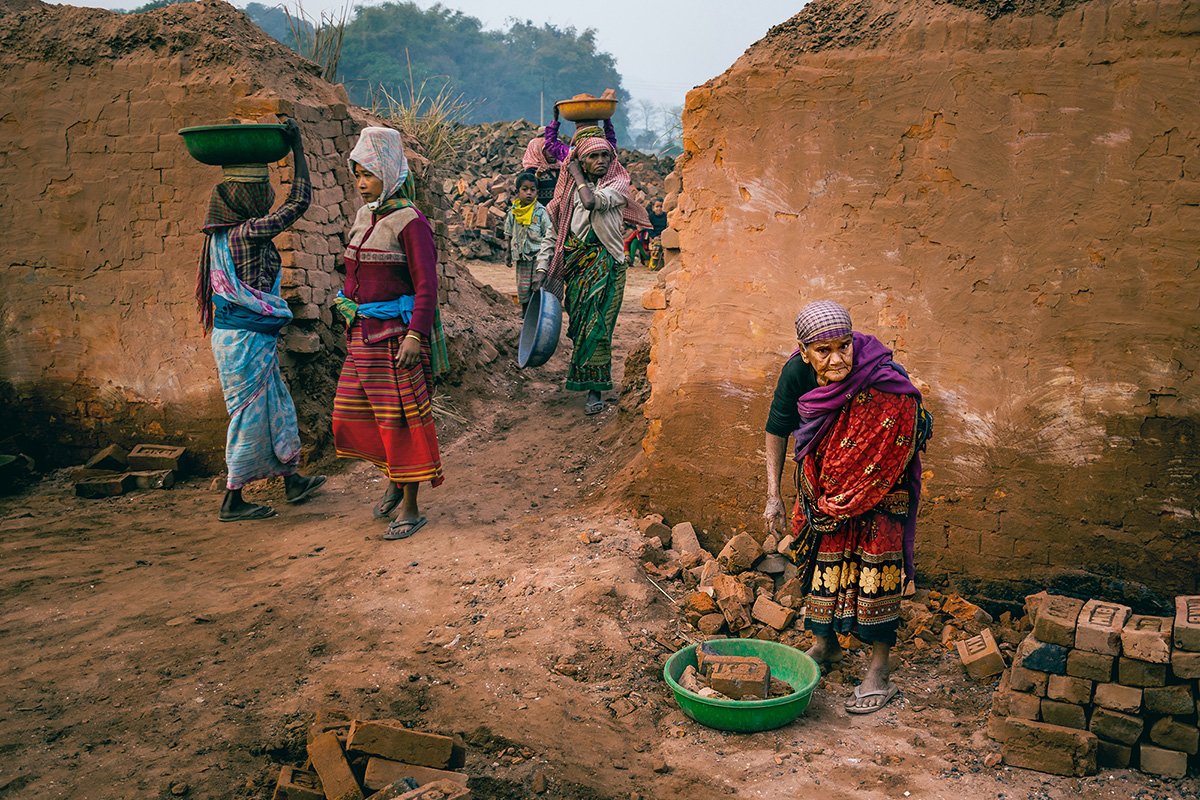
14. Equipment plays an important part in every genre of photography; how much truth prevails in this statement? What equipment are you currently using?
There is a saying in photography that the best camera is the one you have. While it’s true for the most part, every camera/lens is not meant for every subject. For example, you cannot shoot wild-life with a 35mm or 50mm lens. For street photography, I recommend having gear with a small form factor and unintrusive design. In fact, I honestly admit that my main gear is less than ideal for street photography as I invested in them when I was shooting everything back then.
I have a Nikon D5600 body with a Sigma 17-50mm f2.8 and a Tokina 11-16mm f2.8 lens. I also have a Nikon 18-140mm lens which I rarely use these days.
I also have a Canon G7X Mark ii which I use most of the time for street photography presently. After I got this camera I generally avoid carrying my DSLR and lenses as far as possible and prefer to stay light and comfortable. In fact, some of my best images have been taken with this little pocket camera. I do use my main gear for low light works though.
15. What is your favourite focal length for street photography?
Somewhere around 24 to 35mm for the most part. But I do zoom in on purpose when I do portraiture or things like that.
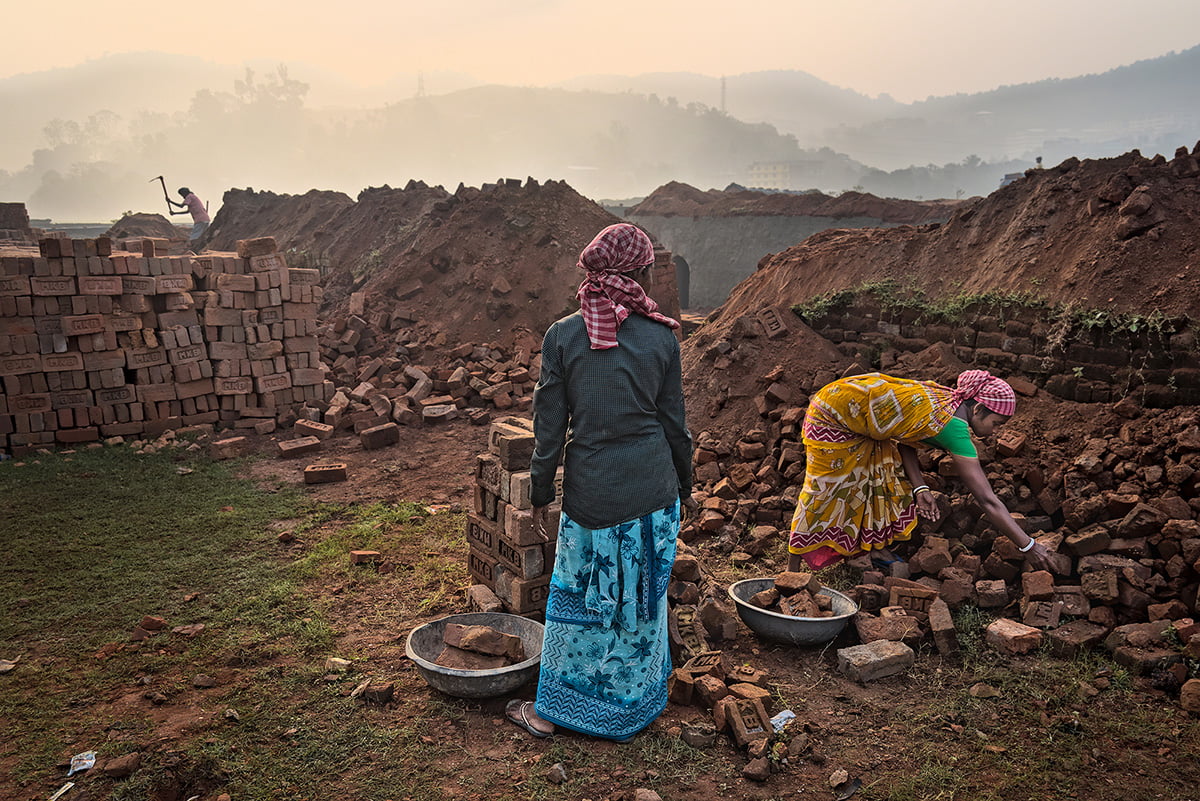
16. Which software/technology do you use for post-processing and up-to what extend you process your images?
I use Photoshop and Adobe Camera Raw for the most part. But occasionally I also use Darktable which according to me is a great free alternative to Lightroom. I use post-processing only to the extent beyond which it amounts to a misrepresentation of the story of the image. But in a situation when I have to use manipulative techniques to edit an image, I do not use that image as street photography but strictly as a pictorial image.
17. Now let’s go into the social media aspect of photography. What are your thoughts on Instagram as an image-making tool? Is it really helping in extrapolating talents, but we can’t deny that it is playing a significant role in shaping the future of photography?
I have mixed feelings about social media as a promoter of photographic art. In my opinion, Instagram is not an image-making tool (images are made by photographers, not by Instagram) but is a great tool for photographers to showcase their work and get noticed. The irony is that it’s helping some but ignoring some really worthy galleries. I have noticed that many not so good galleries (or pretty ordinary galleries) have thousands of followers and many others including myself have just a few. But I do admit that Instagram unlike any other platform has really opened up possibilities for the lost talents to get noticed and recognized. In fact, this very interview of mine happened as I uploaded my work on my Instagram gallery and Exposure Magazine noticed my work here. So while it’s a great platform but few things need to be kept in mind. 95% of the visitors like and comment casually. Consider them just like passers-by who will not give you any exposure. Its only a few 5% or even less who will make your work stand out and justify your existence as a photo artist. Facebook has become notorious as anyone incompetent to comment on any subject are free to spell out anything making a mockery of the subject while few of the worthy authors are made to feel as if they do not exist. So my advice is that do not expect miracles to occur overnight but wait for the moment when your work will be noticed by the ones that matter (provided that the work you have displayed is actually very good).
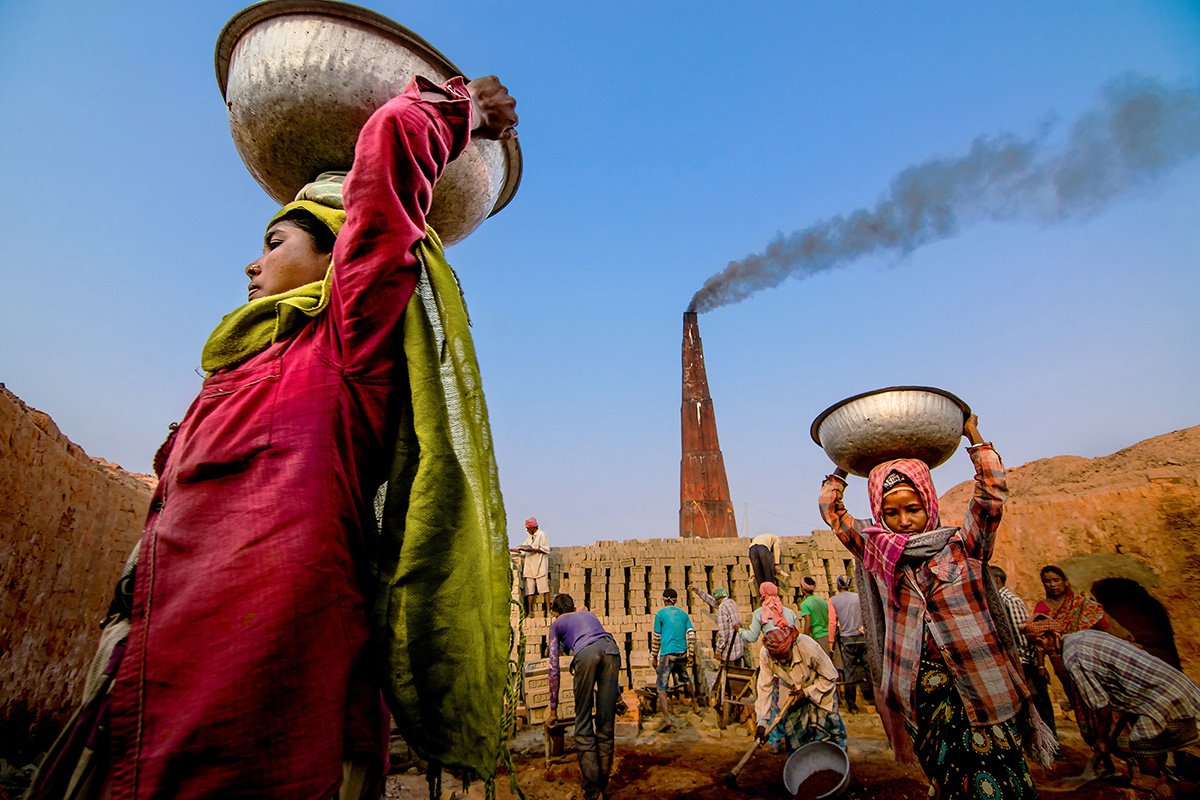
18. Every person does not see the thing the way a photographer can see. It’s our sole responsibility to view those rare moments and showcase the same to others. In order to do this, every photographer should carry some ethics which won’t destroy the original story of the frame. Do you believe these are being thought about and spoken in the world of photography?
Yes, definitely. But again it all depends on what perspective you are using the photography media. If your sole aim is to create photographic art then the idea of ethics “not destroying the original story” won’t apply very well. However, in different genres of photography where we strive to maintain the originality of the story, then it definitely makes a whole lot of sense. Those genres are street, photojournalism, travel, nature, wild-life and documentary photography. But what is important for the new generation of youngsters is to do a thorough study about all the aspects of different genres of photography to have a proper understanding of the matter. I have seen that many newbies (even un-indoctrinated oldies included) keep rasing complaints about photo artists doing image manipulation, misrepresentation and so on ignoring the genre of photography they are relating to. I feel it is our responsibility to make an effort to educate the ignorant public about what is what.
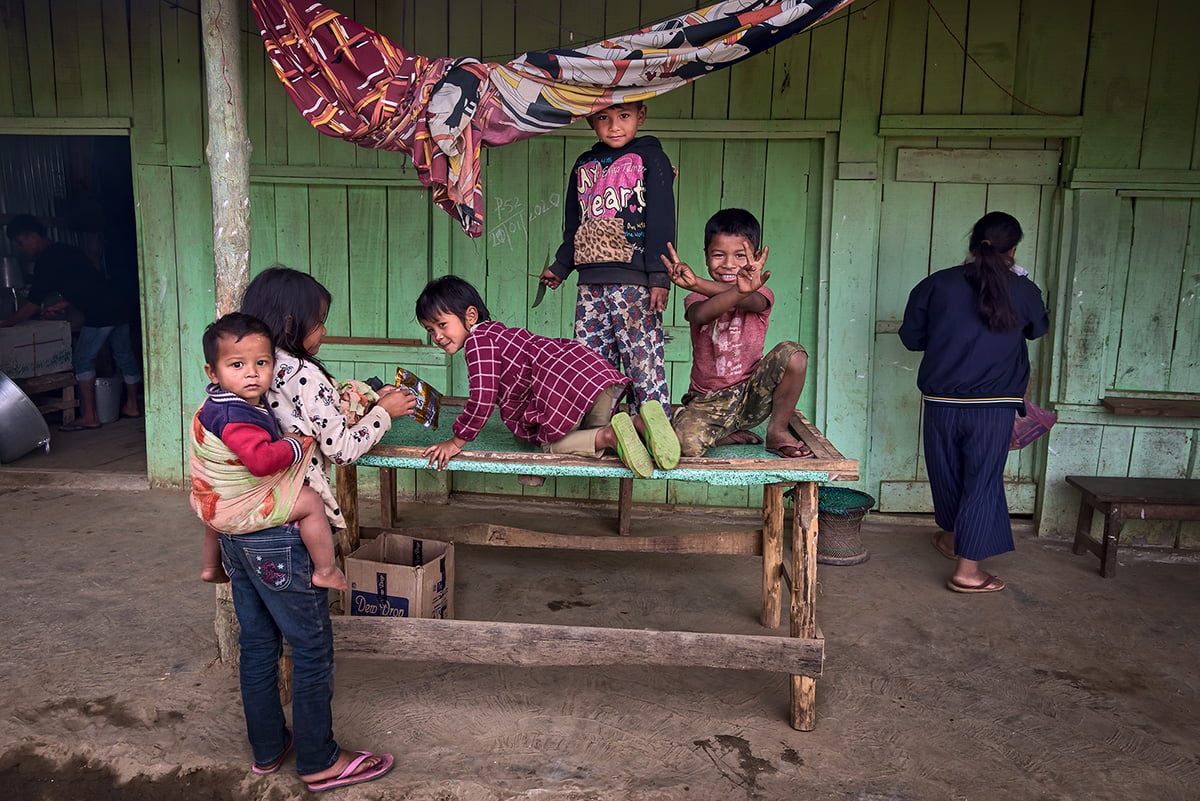
19. Since you have already told us about your extraordinary journey, let’s wind up with your suggestion for the next generation of photographers who have just started with street photography?
At the outset, I offer my sincere thanks to the Exposure Magazine for recognizing my work and giving me this opportunity to spell my heart’s content. As for my humble suggestions to the next generation of photographers, I have only to say that before learning street photography, learn photography first and then your desired genre of photography (including street) will rush to you. And your job as a photographer is both on and off the field. Study photography, study the particular genre of photography, know your subject and your mission to attain perfection will be half done. And keep looking and train your eyes to detect decisive moments, find frames amidst a sea of clutter. Remember, the street will not give you ready-made frames but you have to find them.
The article has been edited by our editor Amrisha Saha.
